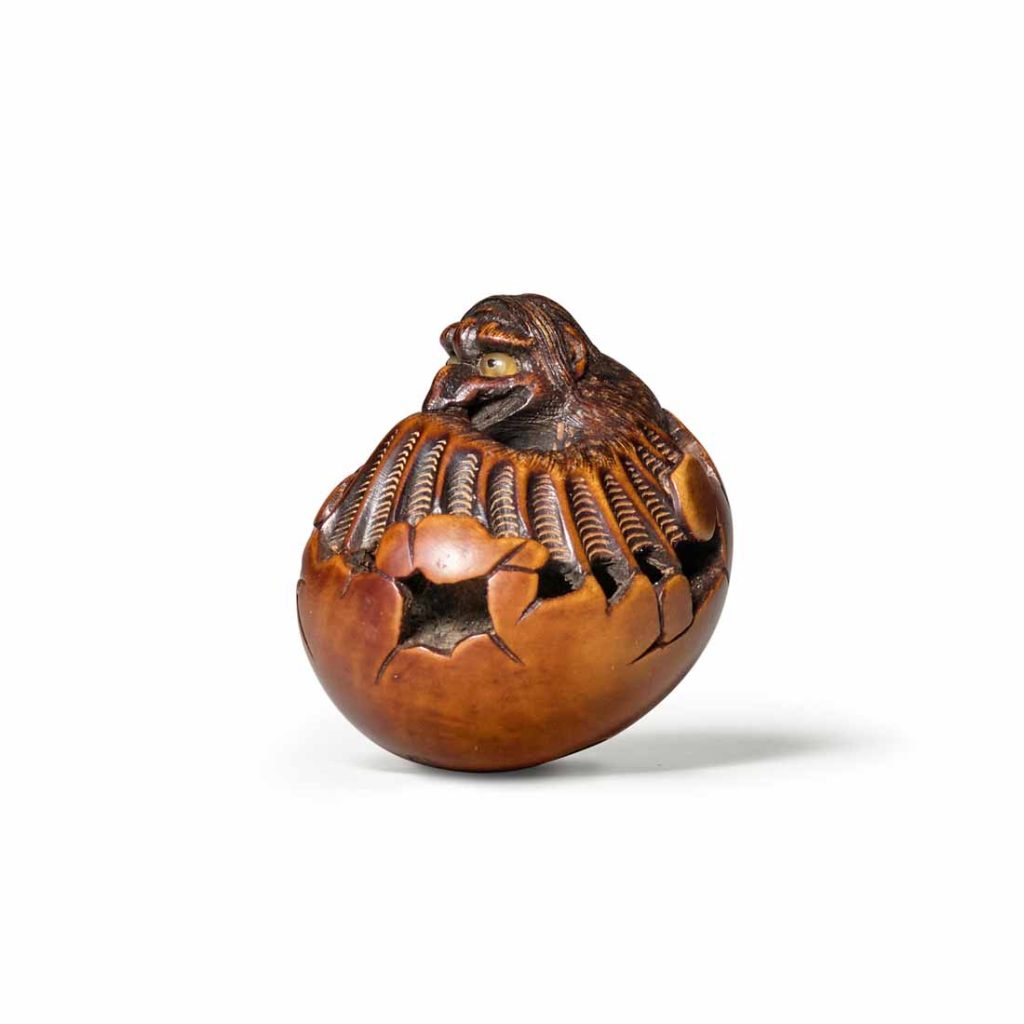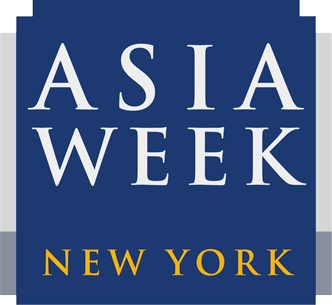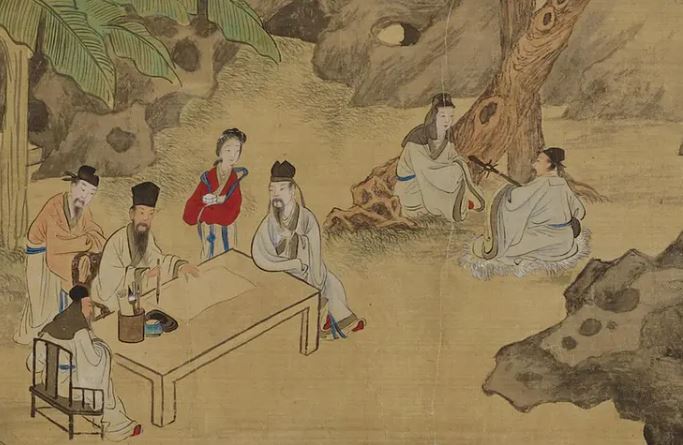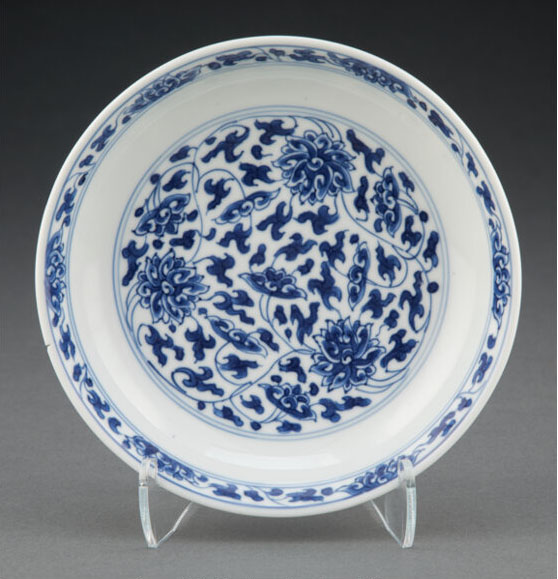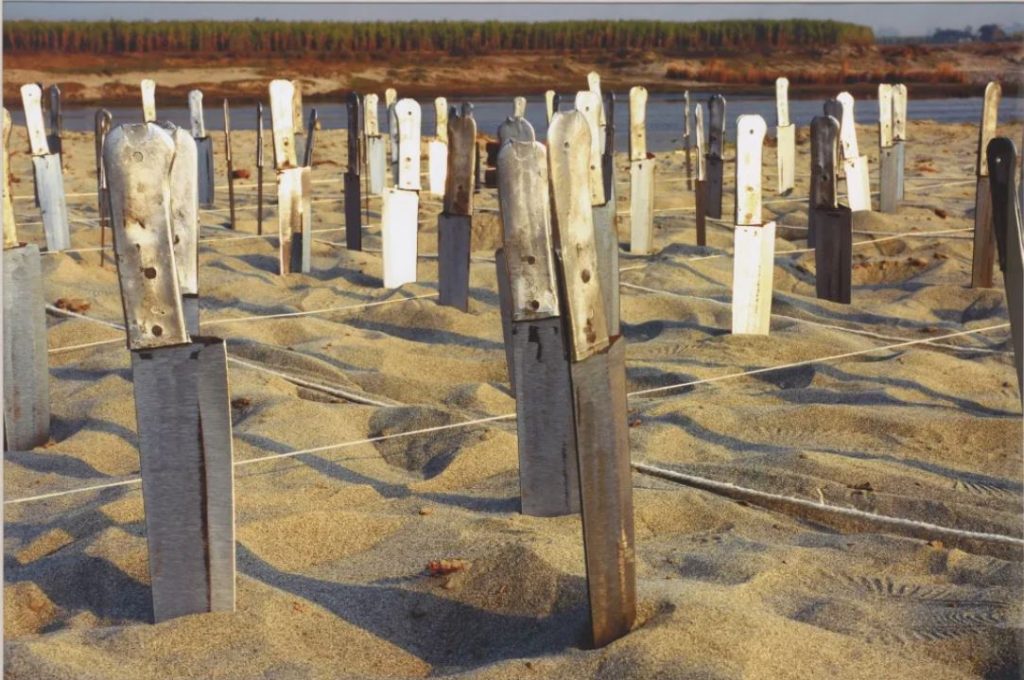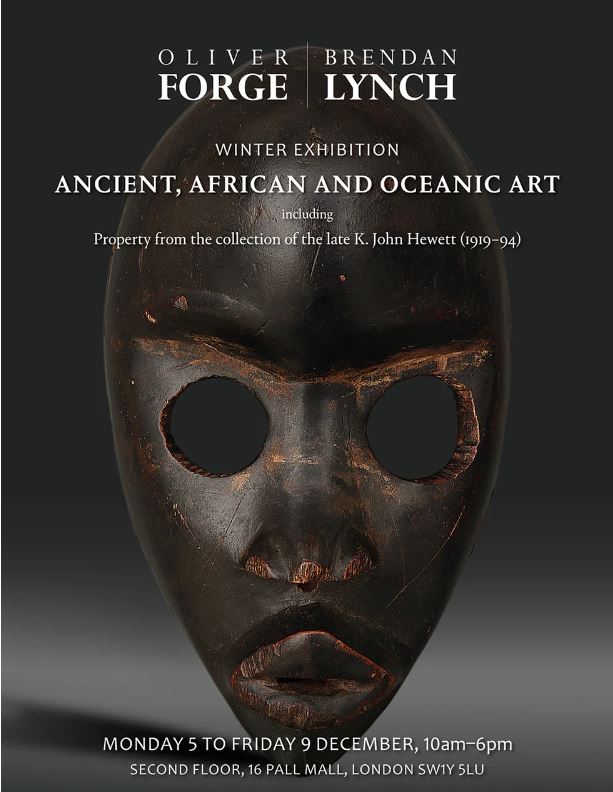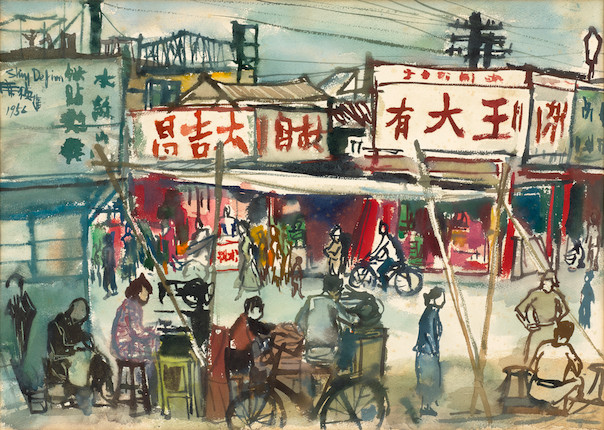Attributed to the Stipple Master (act. 1692–1715), Prince Amar Singh walking in the rain, Rajnagar, Sisodia dynasty, Reign of Amar Singh II, ca. 1690, opaque watercolor on paper, Purchase and partial gift made in 2012 from the Catherine and Ralph Benkaim Collection—Charles Lang Freer Endowment,
Freer Gallery of Art, F2012.4.3
In the coming days, the National Museum of Asian Art, Smithsonian Institution offers a variety of engaging and informative programs.
Monsoon: Histories and Futures
Hybrid event, December 9, 1-3pm
The monsoon looms large in the painting, poetry, and music of South Asia, its torrential downpours evoking loving, longing moods and auguring a season of abundance. This weather event has historically structured the year’s seasonal rhythms and played a role not just in agriculture, but in a host of economic, political, and legal systems. Today, climate change threatens to destabilize the monsoon, disrupting the lives of billions and requiring new adaptations to its increasing unpredictability.
Bringing together an environmental historian, an art historian, and a climate scientist, this program will speak to the history of the monsoon as both an ecological and a cultural phenomenon and its future in our changing climate. Exploring the influence of the monsoon on the rich visual archive of A Splendid Land: Paintings from Royal Udaipur will yield new insights into these paintings and the multifaceted weather system they dramatize.
Speakers include:
Dr. Debjani Bhattacharyya, Professor and Chair of the History of the Anthropocene, University of Zürich
Dr. Dipti Khera, Associate Professor, Department of Art History and Institute of Fine Arts, New York University
Dr. Sonali Shukla McDermid, Associate Professor of Environmental Studies, New York University
This event will take place in the museum's Meyer Auditorium and will also be streamed live online. An in-gallery, curator-led tour of A Splendid Land: Paintings from Royal Udaipur will follow the program at 4pm in the Sackler Gallery. Read more, click here.

Atul Bhalla (born 1964), Yamuna Morning IV (detail), 2007, inkjet print on archival Hahnemüle paper,
Gift of Drs. Umesh and Sunanda Gaur, S2019.6.6
Artist Talk: Ravi Agarwal
In person program, December 10, 4pm
Join curator Carol Huh and artist Ravi Agarwal to discuss works in the exhibition Unstill Waters. No registration required. Read more, click here.

Tomioka Tessai (1836–1924), Baisaō, Meiji era, ca. 1870, hanging scroll; ink and light color on silk,
Gift of Mary and Cheney Cowles, Freer Gallery of Art, F2020.5.47a–d
Sneak Peek—What Lies Beneath: Japanese Mounting Formats from
the Cowles Collection
Online program, December 13, 12pm
A hanging scroll is one of the most important formats for displaying paintings in Eastern Asia. In Japan, different styles of hanging scrolls developed—over time and with cultural growth–into a range of formats that always relate mainly to the painting subject. These various mounting types can be divided into two categories: one defined by levels of formality and a second, more general group referred to as literati-style mountings. These latter styles became popular around the Meiji period (1868–1912) due to renewed interest in Chinese art and culture. Combined with industrialization and dynamic social change at this time, historically unique and unusual mounting variants also appeared. This talk will give an overview of these styles and then focus on several examples of literati-style mountings from the Mary and Cheney Cowles Collection.
Akiko Niwa is a Japanese painting conservator in the East Asian Painting Conservation Studio, Department of Conservation and Scientific Research. She completed a seven-year apprenticeship training at the Monobe Gasendō studio in Kyoto, Japan, in 2011. She joined the National Museum of Asian Art in 2019 after receiving a PhD in Japanese mounting history and culture from Kyoto University of the Arts. Read more and register, click here.
